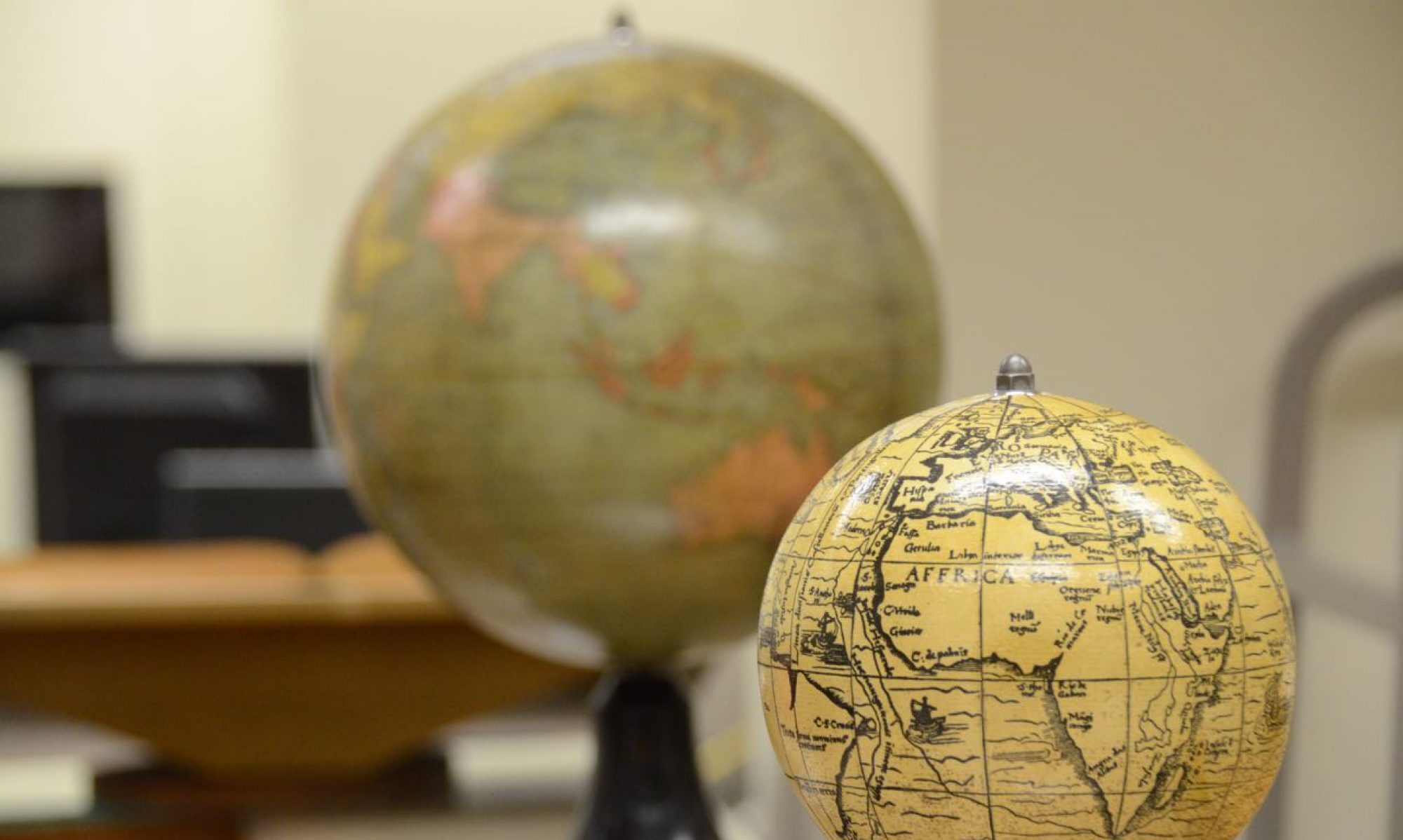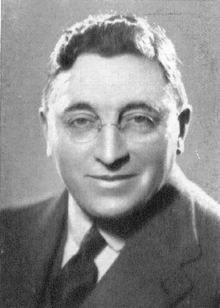From our cousin Richard Shavei-Tzion in Israel

These are hard times for us in Jerusalem and for our brothers and sisters in Tel Aviv, Ra’anana, Kiryat Gat and Hadera. These are hard times for all of Israel. We have lived through cycles of violence in 34 years of residence in and around Jerusalem. Through this miniscule moment in history we have witnessed booby trapped bicycles, bombs in busses, shooting attacks, suicide bombers, missiles over the city and now knives, wielded by 13 year-old boys and young women. These misguided maniacs are incited by leaders of a multitude of vicious organizations, the most moderate of whom, one Abu Mazen, whose doctoral thesis is titled “The Secret Relationship between Nazism and Zionism,” had the following to say on the 16th of September: “The Al-Aqsa [Mosque] is ours… and they have no right to defile it with their filthy feet.” On Monday he lauded the terrorists, proclaiming their martyrdom.
How pathetic these pitiful Palestinians and their partners, who believe that if they could not get their way with bombs, they could with screwdrivers. How futile their struggle, how feeble their thinking, that us Jews who have endured multiple mass murder would succumb to poisonous blood liable and kitchen tools. How forgetful they are to believe that if we bled we would flee.
We have divested ourselves of naivety regarding the true intentions of this decrepit cohort of murderers. Even though I remembered hearing as a kid in far away South Africa well before the Six Day War, about Arab textbooks with pictures of Israeli’s being thrown into the sea, I believed that in my time we could see a Two State Solution. I believed that they were capable of simple dialog. Now, while I still hope, I do not believe. For it is now clear to me that this struggle is not about settlements or El Aksa, national aspiration or human rights. These Palestinians are not even interested in a one-state solution ruled by a dictator of their choosing. Their raison d’etre is the removal of every living pair of filthy Jewish (and Christian) in the greater Middle East. Simple as that.
The Israeli consensus is that Ariel Sharon’s evacuation of Gaza was a tragic historic mistake which resulted only in a rain of missiles upon our cities. Yes, death and misery ensued. But at this cost we learnt something crucial to our survival. The evacuation gave the Palestinians an historic opportunity to create a model Mediterranean Singapore, with beautiful coast line and hundreds of billions of dollars pouring in from the international community. Instead they chose to subject their children to a destiny of pain and misery all in the cause of Jewish holocaust. Had we not witnessed this aberration, the vast majority of middle-of-the-road Israelis like myself may still have mistakenly believed in the holy Two-State grail and perhaps ceded the “territories” to these butchers. No more. If we could somehow scrape out this festering canker, separate from it, that of course would be best, but I am unable to work out how to do it short of committing national suicide or genocide, so for the meantime we have to just be strong and deal with it as best as we can.
We are stronger than these people, because they have given us no choice and because history has taught us a thing or two. But while our honed survival instinct has forced us to use our brains and brawn to defend ourselves, we have at the same time dug deep and found the energy to create a remarkable, progressive, modern society within the cauldron of chaos that is the Middle East. Call it man-made or miracle, this is an impressive testament to the resilience and talent of our people. From Nobel prizes to great thinkers, Torah to technology, our per capita contribution to the welfare of the world is astounding. The tragedy for us and them is that they have been too distracted by hatred to see this. So we continue to bury our dead victims with dignity and introspection, as they bury the dead perpetrators with screaming vitriol and vows of revenge.
Israeli society has many flaws and like other societies on this earth, we have crazy fanatics. The difference between us and them is that the vast majority of us beat our breasts and seek to cast these unwanted fringe extremists from our society, whereas the Palestinian collective exalts theirs, names streets after them and consecrates the bloody lives of savages as role models for their children.
Now we await the serial condemnation of the international community for our temerity in defending ourselves so successfully against brutality. After all, once again we are using excessive force by shooting at youths and women who attack our babies and mothers with knives. This barbaric use of children to con the international community, BDS et al, into sympathizing with them and bullying us may blind a world cowering in fear of Muslim radicalism and wallowing in classic anti-Semitism. But we will continue to protect ourselves as best as we can and fight to save the lives of the injured, our victim’s and the murderer’s, utilizing the state-of-the-art emergency medical facilities we have developed. Such is the value we place on life. As for the so called Palestinian People, get this: You can bloody us but we will not be bowed. Just as we have outlived great destructive empires, we will outlive you.
Many years have passed since Golda Meir said, “We will only have peace with the Arabs when they love their children more than they hate us.” We await still, the love. Until then, as we have done for millennia we will have to defend ourselves against the assassins, relish life and pray that one day our children may live in peace.
Richard Shavei-Tzion
14.10.15








































